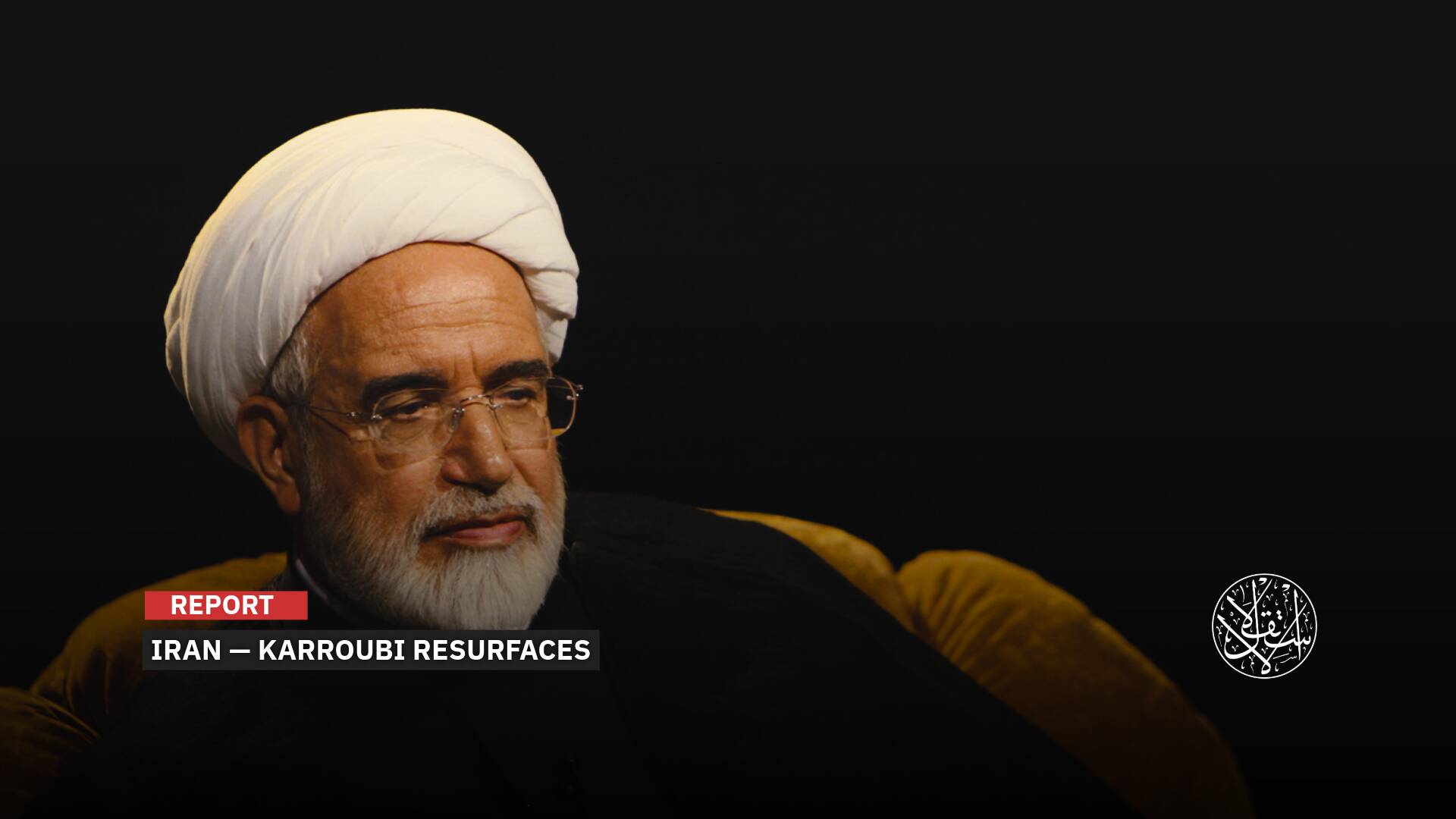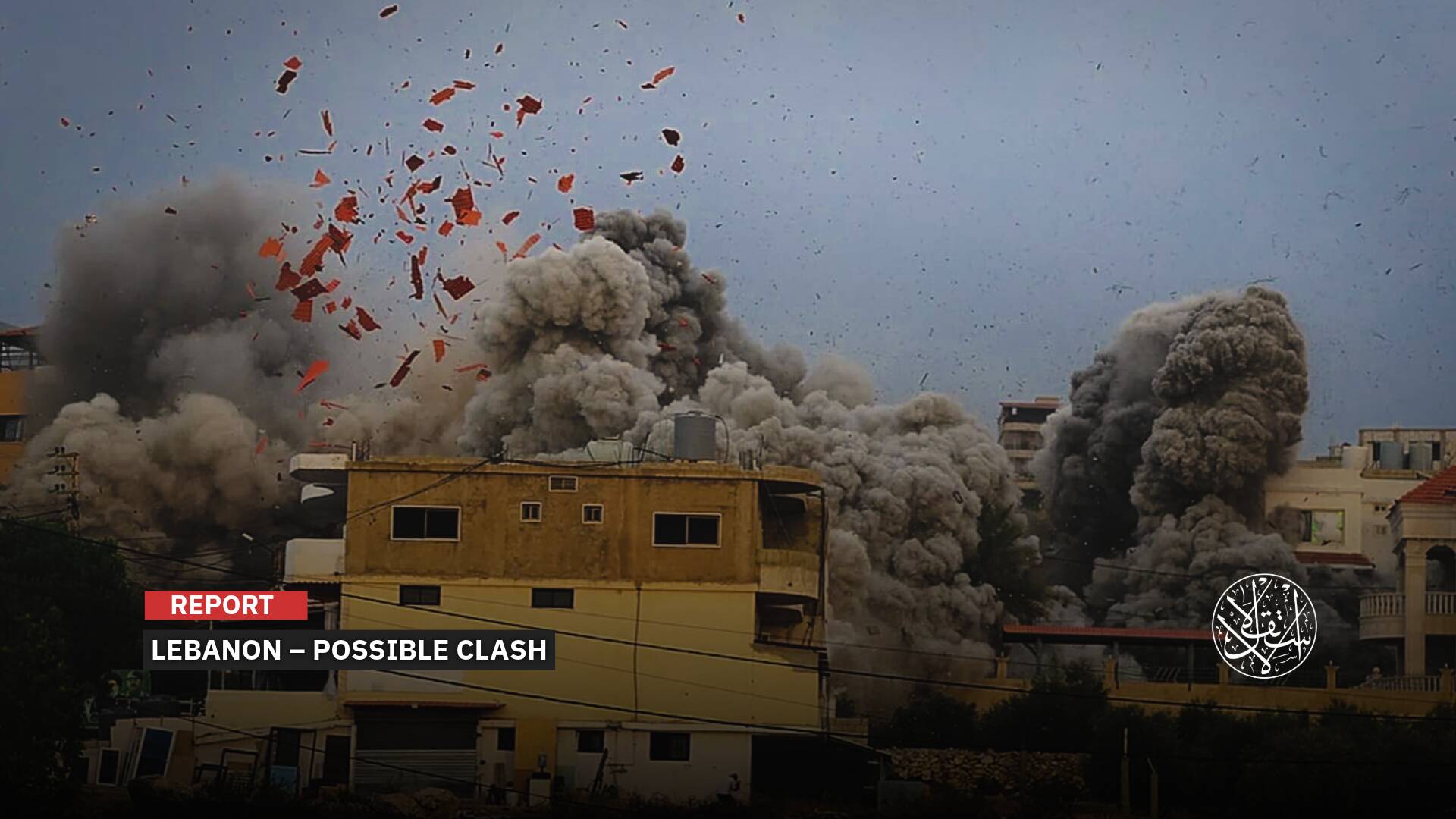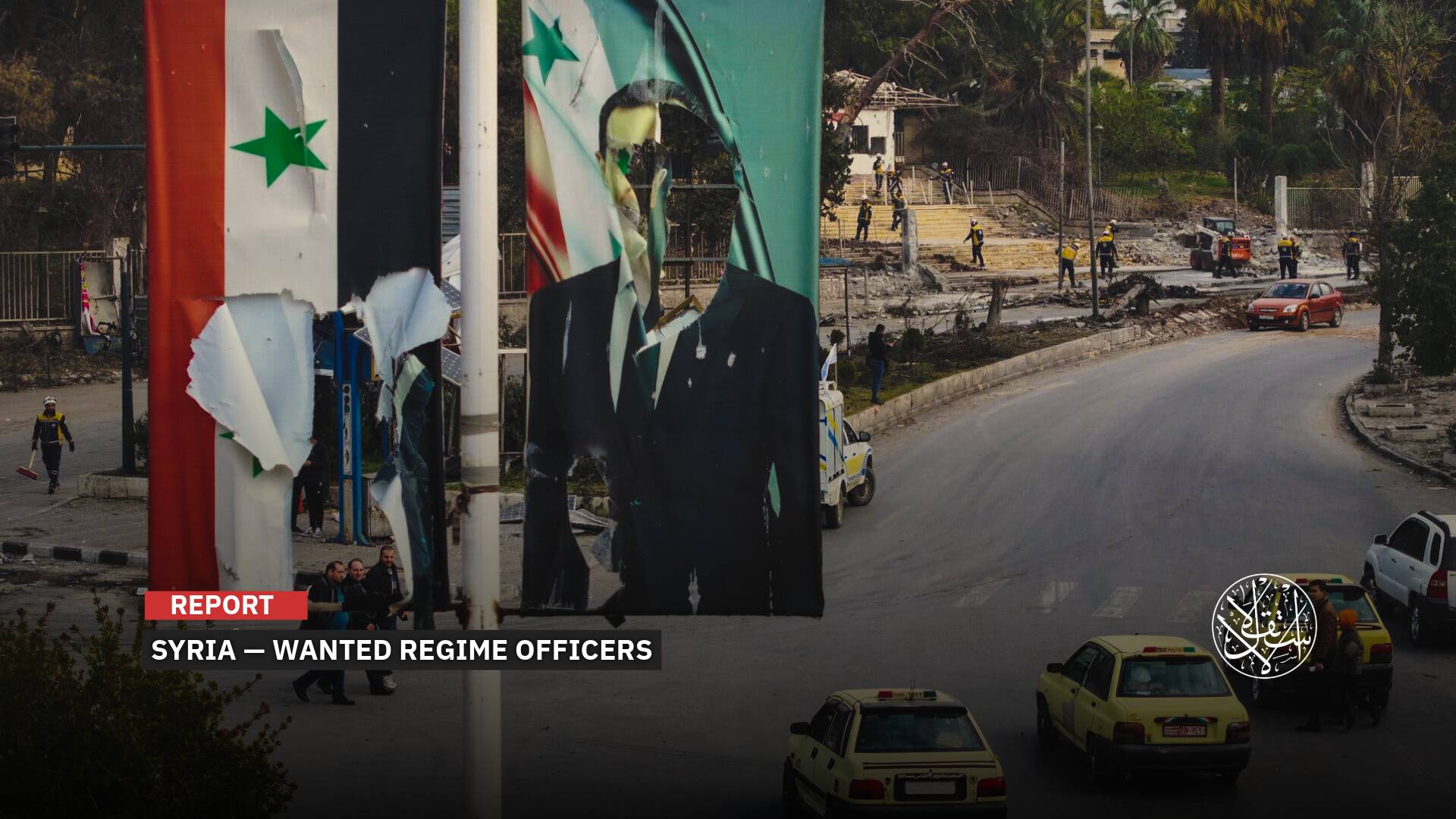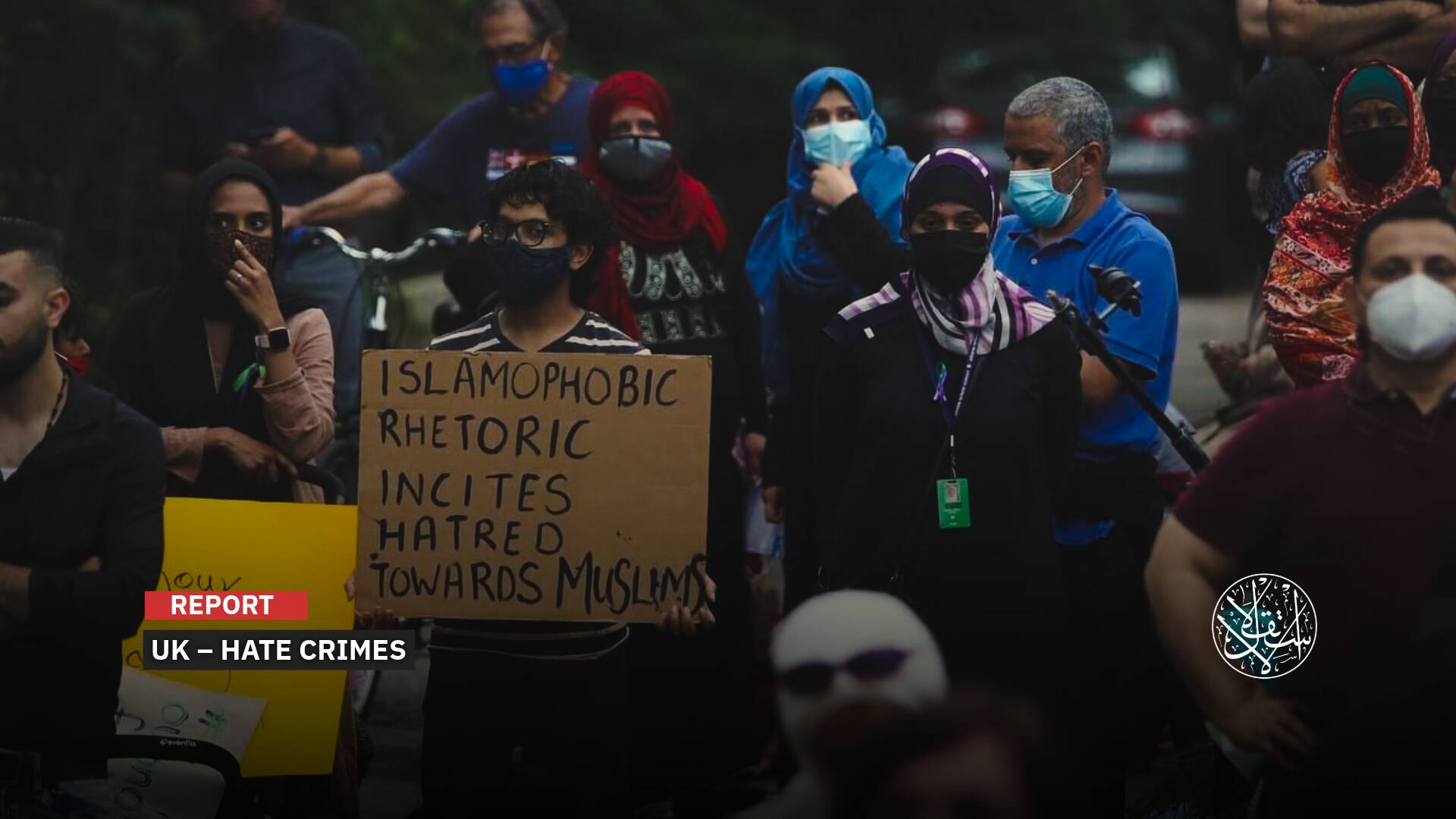How Does Israeli Occupation Employ Dogs to Humiliate and Oppress Palestinians?

The use of dogs as a tool for abuse has been a longstanding concern for human rights groups.
More than 100 dogs were deployed alongside Israeli forces during the aggression in Gaza that began in October 2023.
These dogs, part of the Oketz unit, have been lauded for their roles in military operations, with their stories often celebrated in Israeli media, just as stories of fallen or injured soldiers are shared.
But the celebration of these "warriors on four legs" glosses over the brutal reality of their involvement in the conflict.
Dogs from the Oketz unit played a key role in military raids, such as the attack on 70-year-old Dawlat al-Tanani in Jabalia camp, where one of the unit’s dogs savagely mauled her.
Another horrific incident occurred when a dog fatally attacked 24-year-old Mohammed Salah Bahar, a young man with Down syndrome, in his home in Gaza’s Shuja’iyya neighborhood.
History of Training
The Oketz unit, known for its specialized training of attack dogs, has been increasingly deployed in operations against Palestinian civilians and prisoners.
Their role, however, has extended beyond Gaza. The dogs have reportedly been used in Israeli prisons, and there have been disturbing allegations of their involvement in torture.
A prisoner named Muhammad Arab, held in the Sde Teiman prison, reported that dogs were trained to assault detainees sexually, adding another layer of brutality to the treatment of prisoners under Israeli occupation.
The use of military dogs in this context is not new, but its intensification reflects a broader pattern of violence.
Since before the Nakba in 1948, dogs have played a role in the Zionist project’s colonial control over Palestinians.
The glorification of these "warriors on all fours" in Israeli media serves to mask their role in the ongoing suppression of Palestinians, a history that traces back decades and continues to evolve in the current conflict.
Throughout the 1950s and 1960s, military dogs were notably absent from the Israeli army's ranks, even as Jewish settlers brought new European breeds to Palestine in the wake of “Israel’s” establishment.
In 1974, the Israeli Occupation discreetly revived its military dog unit, although it remained largely secret for more than a decade.
This renewed focus on dogs was closely tied to the Israeli occupation of the West Bank and Gaza Strip, which began in 1967.
As Israeli forces faced growing resistance from Palestinian guerrilla fighters, the army saw a need for trained dogs to assist with intelligence and counterinsurgency missions.
Unit 7142, the newly reconstituted dog unit, played a key role in supporting Military Intelligence Unit 269, later known as Sayeret Matkal, one of the Israeli occupation's most elite special forces units.
Trained dogs were deployed to assist in countering what the Israeli occupation referred to as "terrorist activity," which in practice often meant confronting Palestinian guerrillas.
Despite its early successes, Israeli military leadership remained divided on the effectiveness of military dogs. Unit 7142 continued to operate under the radar, with doubts about the "colonial dog" and its utility in official army units lingering within the higher ranks.

Weaponizing Dogs
Since the Israeli aggression on Gaza began on October 7, more than 100 dogs have played an integral role in Israeli operations in Gaza. Since the beginning of the war, dogs from this unit have worked alongside Israeli paratroopers and other forces.
According to a report by Yoav Zitun on the Ynet website, over 30 dogs from the unit have been killed, many due to explosives or gunfire.
Despite these losses, the unit’s size is expected to double in the coming years, as the army recognizes the tactical value of the dogs in Gaza.
The Oketz unit employs dogs equipped with advanced technology for both military operations and acts of retaliation.
On the battlefield, these dogs are trained to alert soldiers to potential dangers, such as explosives, and to scout sites like destroyed buildings or displaced homes.
One of their key roles is the detection of tunnels used by Palestinian resistance fighters. Equipped with cameras and eavesdropping devices, these dogs are often sent into tunnels ahead of human troops.
Sometimes, they even carry gas bombs that are triggered if the dog detects someone inside, turning the animal into a sacrificial tool.
Yet beyond these security functions, the dogs have also been deployed in brutal retaliatory actions.
The unit uses attack dogs—specifically trained German Shepherds and Dobermanns—whose role is to maul and kill humans.
There have been numerous reports of dogs attacking civilians, including graphic accounts of an elderly woman, Dawlat al-Tanani, in Jabalia camp, whose chest was torn apart by a military dog.
Testimonies from Gaza also describe how these dogs have been used as tools of psychological terror.
According to Fadi, a detainee released from the Sde Teiman camp, Israeli soldiers forced prisoners to endure sexual assaults by trained dogs.
Fadi’s testimony is one of many that highlight the level of dehumanization experienced by Palestinians during the war, with trained dogs playing a central role in this violence.
The story of a booby-trapped dog further underscores the grim interplay between human and canine sacrifice in this conflict.
This militarization of dogs in the Israeli-Palestinian conflict represents a deeper level of brutality, as these animals are used not only for tactical purposes but also as instruments of terror and revenge.
Striking Violations
Last week, the Israeli newspaper Haaretz released disturbing footage from Megiddo Prison, revealing scenes of abuse against Palestinian prisoners.
In the leaked video, inmates in the prison’s security wing were shown lying on the ground, hands bound, as a guard walked over them with a dog, an apparent act of humiliation.
The use of dogs as a tool for abuse has been a longstanding concern for human rights groups.
In June, the Euro-Mediterranean Human Rights Monitor issued a report highlighting the Israeli military’s deployment of police dogs in the Gaza Strip.
According to the report, these dogs are used not only in military operations but also to terrorize prisoners, subjecting them to mauling and, in some instances, sexual violence.
The organization documented numerous cases of dog attacks on civilians during Israeli raids, particularly on homes, hospitals, and shelters.
In some operations, the dogs are equipped with surveillance cameras to scout locations ahead of Israeli soldiers.
Civilians are often left defenseless as the dogs are set upon them, with soldiers standing by or even encouraging the attacks. This behavior has drawn international condemnation.
Jeremy Laurence, a spokesperson for the United Nations High Commissioner for Human Rights, has called such actions "serious violations" of “Israel's legal obligations toward protected persons under the law of occupation.”
One particularly harrowing case involved Mohammed Bahar, a 24-year-old Palestinian man with Down syndrome.
During a military raid on Gaza’s Shuja’iyya neighborhood last July, a police dog attacked Bahar as he sat on a couch.
His mother recounted the brutal incident to Anadolu Agency, describing how the dog bit her son multiple times, causing fatal injuries.
In another incident from May, widely shared on social media, a police dog attacked 70-year-old Dawlat al-Tanani during an Israeli military operation in Jabalia camp, severely injuring her arm.
Euro-Mediterranean Human Rights Monitor has also documented the use of dogs in assaults on hospitals, including one attack in 2023 where dogs were unleashed on displaced civilians and even the bodies of the deceased. Another documented case occurred during an invasion of the Al-Shifa Medical Complex in March 2024.
The practice of using police dogs has not been limited to Gaza. In the West Bank, reports indicate a growing number of incidents in which dogs have been deployed during arrests and house raids, particularly against children.
WAFA, the Palestinian News Agency, has shared dozens of photos and videos showing soldiers setting dogs on civilians.
Human rights groups have labeled these attacks as a form of torture and degrading treatment, prohibited under international law.
Protests against this practice have spread beyond the region. On September 16, activists in the Netherlands demonstrated outside a K-9 training center in Oosterhout, demanding a halt to the export of police dogs to the Israeli military, which they claim are being used to target civilians.
The ongoing use of dogs in military operations has become a symbol of the broader human rights concerns surrounding Israel’s occupation, adding to the mounting calls for international accountability.










